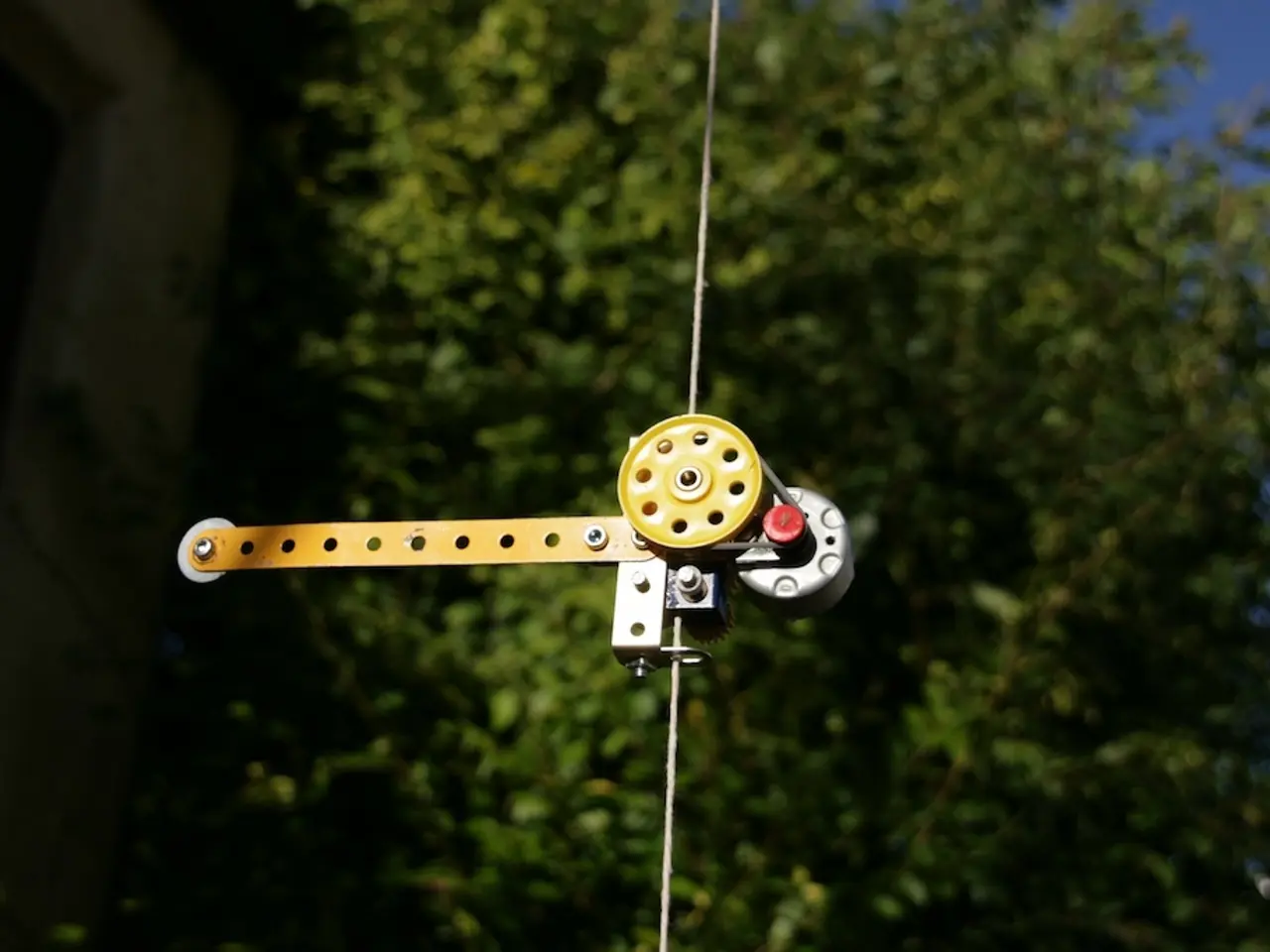Bicycle Salvaged from Garbage Pile
Reviving a Decade-Old Navigation Device: The Navman Bike 1000
In an age where technology advances at a rapid pace, it's not uncommon for devices to become obsolete. However, a recent discovery by Belgian cybersecurity researcher Remy van Elst has shown that with a bit of reverse engineering and the power of open source tools, even a decade-old GPS device like the Navman Bike 1000 can be given a new lease of life.
Purchased from a thrift store for just €10, the Navman Bike 1000, originally a rebadged Mio Cyclo 200 from 2015, is a basic but robust bike navigation device. It boasts a 3.5-inch touchscreen, typical features like GPX track import, address navigation, and cycling-specific points of interest. The device originally came pre-loaded with OpenStreetMap (OSM) data for Western Europe and had firmware updates via desktop software.
Van Elst's efforts have demonstrated that devices like the Navman Bike 1000 can be brought back to life or enhanced well beyond their original capabilities. By using tools like WireShark and mitmproxy, he was able to eavesdrop on the communication between the device and its home server, allowing him to download the software image for scrutiny.
One of the most significant findings was that the device could be updated with newer software, a feature not supported by the official software. Additionally, the maps on the device could be updated using OSM data, providing current and accurate navigation. The device's versatility was further demonstrated when it was found to be capable of running DOOM, a testament to its relatively modest hardware specifications.
Reverse engineering efforts and open source software communities have shown that devices like the Navman Bike 1000 can be brought back to life or enhanced well beyond their original capabilities. This can include extracting and updating OSM map files directly on the device, adding new routing or navigation features through custom firmware or software modifications, fixing bugs or extending hardware compatibility, and using modern open source navigation or routing software that supports the device's hardware architecture.
Though the device’s hardware is limited, these limitations can be mitigated by the efficiency of OSM-based software and selective feature enhancements. The waterproof and outdoor-ready casing means the device remains physically suited for biking, while open source tools enable ongoing map refreshes that keep navigation accurate compared to the outdated original data.
This incident serves as a reminder of the potential for open source tools in device manipulation and software updates, extending the life of consumer electronics. The Navman Bike 1000 case shows that finding an entry point into some devices can sometimes be easier than expected. With the right tools and a bit of technical know-how, even a device as unassuming as the Navman Bike 1000 can be transformed into a practical, budget-friendly navigation tool for casual or leisure cyclists.
Open source software communities played a significant role in enhancing the Navman Bike 1000, enabling updates to OSM map files directly on the device.
This goes to show that technology, even in older gadgets like the Navman Bike 1000, can be extended and improved with the help of data-and-cloud-computing tools and electronic reverse engineering.




